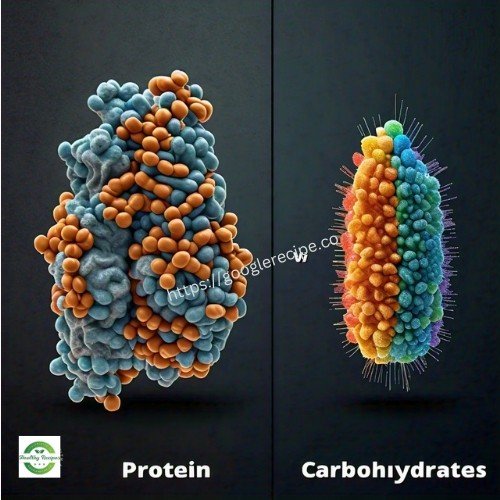What Is Photosynthesis?
A Clear Guide to Understanding Photosynthesis in The Magic of Green
What Is Photosynthesis? You might think that life without photosynthesis would be perfectly fine. Perhaps you’d even be happier since you wouldn’t have to learn about it in science lessons.
However, life as we know it wouldn’t exist without photosynthesis. The process of life on Earth depends heavily on it. Photosynthetic organisms are not only the main producers of food, but without photosynthesis, Earth’s atmosphere would lose its oxygen.
Let’s delve deeper into this essential process and understand its significance.
The Basics of Photosynthesis
In photosynthesis, green plants and algae trap light from the sun to fix carbon dioxide with hydrogen and water. This process produces organic compounds that serve as food for the plants themselves and all animals.
So, knowing how photosynthesis starts all of our food production, you can see why it’s essential to learn about it in detail.
Photosynthesis primarily takes place in leaf cells. These cells contain tiny organelles called chloroplasts, which house a green pigment known as chlorophyll.
Chlorophyll molecules sit on the surface of the chloroplasts and capture light energy from the sun, a fundamental aspect of photosynthesis.
During this chemical reaction, carbon dioxide and water are converted to glucose and oxygen by the energy provided from the light absorbed by chlorophyll.
The simplified equation for photosynthesis is:
Though this equation is a simple representation of a complex process, it captures the essential elements. Light energy, though not a substance, is a critical requirement for photosynthesis.
Where Do Carbon Dioxide and Water Come From?
Plants absorb water through their roots, and it travels through the plant into the leaves via transpiration. Carbon dioxide enters the leaves from the air through tiny openings called stomata on the underside of the leaf. Once inside the leaf, the carbon dioxide and water react to produce glucose and oxygen.
Some of the glucose produced is used immediately for respiration, while some is converted into insoluble starch for storage. This stored starch can later be turned back into glucose when needed.
Oxygen, produced as a byproduct of photosynthesis, is released into the atmosphere. While some byproducts in the world, like sawdust from the lumber industry or smoke detectors from space research, are useful, producing oxygen is undeniably the most valuable.
The Foundation of Life
Green plants, also known as producers or autotrophs, have the unique ability to produce their own food. They form the foundation of the food chain, supporting every animal either directly (herbivores like rabbits) or indirectly (carnivores like foxes).
It’s vital to remember that carbon dioxide and water react to form glucose and oxygen in the presence of light energy from the sun. This process happens within the chloroplasts in the leaves, with chlorophyll absorbing the light energy.
The glucose produced by photosynthesis feeds all animals on Earth, and the oxygen released keeps us alive. Therefore, understanding and appreciating photosynthesis is crucial, as it sustains the intricate web of life on our planet.
Conclusion
This intricate process not only provides the foundation for the food chain but also generates the oxygen we breathe. The ability of green plants and algae to convert sunlight into chemical energy through photosynthesis supports all life forms on Earth.
Understanding photosynthesis is more than a scientific necessity; it is a recognition of the delicate balance that sustains our environment. By appreciating the vital role of photosynthesis, we gain a deeper respect for the natural world and the processes that make life possible.


